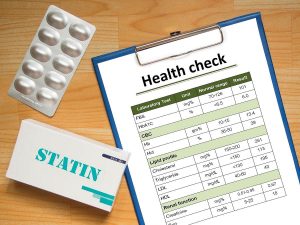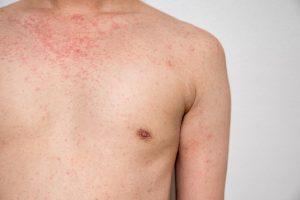-150x150.jpg)
THURSDAY, Oct. 3, 2024 (HeathDay News) — Moms-to-be have long known about breast milk’s multiple benefits. Now, a global study confirms that antibodies passed from to baby in breast milk can indeed shield against disease. Immune system antibodies against one common infection, rotavirus, were especially protective, said a team from the University of Rochester in New York. “It was encouraging to see such a clear link between higher antibody levels and a delay to rotavirus infection,” said study lead author Dr. Kirsi Jarvinen-Seppo, a professor of allergy and immunology at the university’s Golisano Children’s Hospital. The new study was funded by the Bill and Melinda Gates Foundation and published recently in the Journal of Clinical Investigation. The research involved analysis of breast milk samples from 695 women in Finland, the United States, Pakistan, Peru and Bangladesh. Jarvinen-Seppo and her colleagues measured levels of certain IgA and IgG immune system antibodies produced in breast milk, and pitted them against 1,607 proteins from 30 disease-linked germs. The participants’ global diversity was key to the research. “We would expect to find differences in antibody levels in different countries, due to different diseases circulating among areas of the world, but this is one of the first times that there’s been a head-to-head comparison for dozens of pathogens across several continents,” Jarvinen-Seppo explained in a university news release. The study… read on > read on >



























-300x200.jpg)










